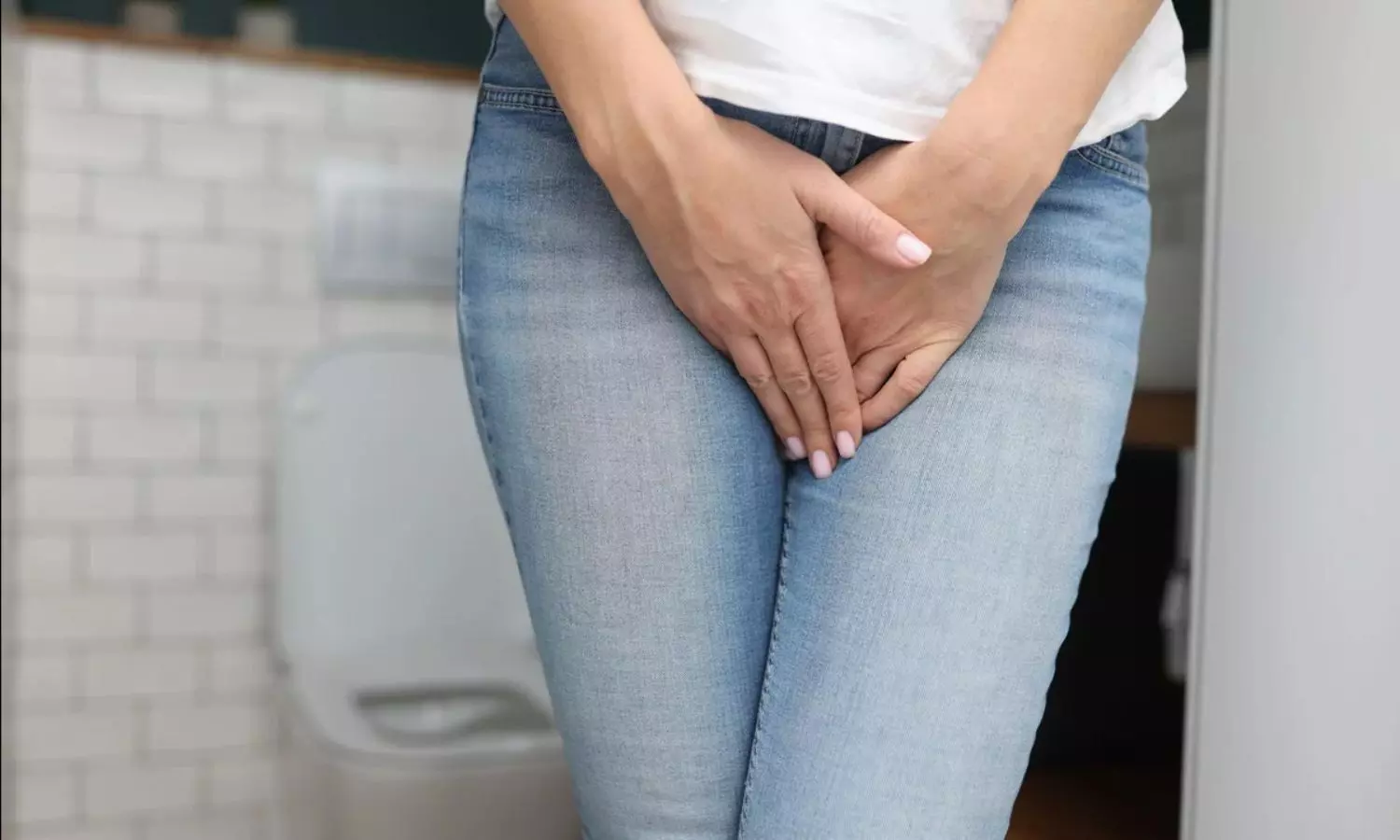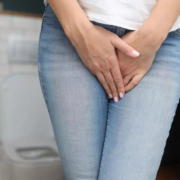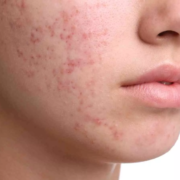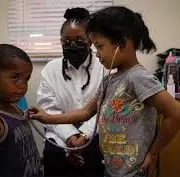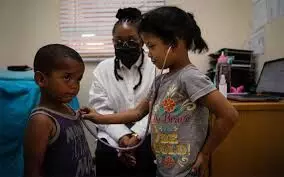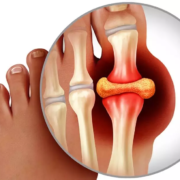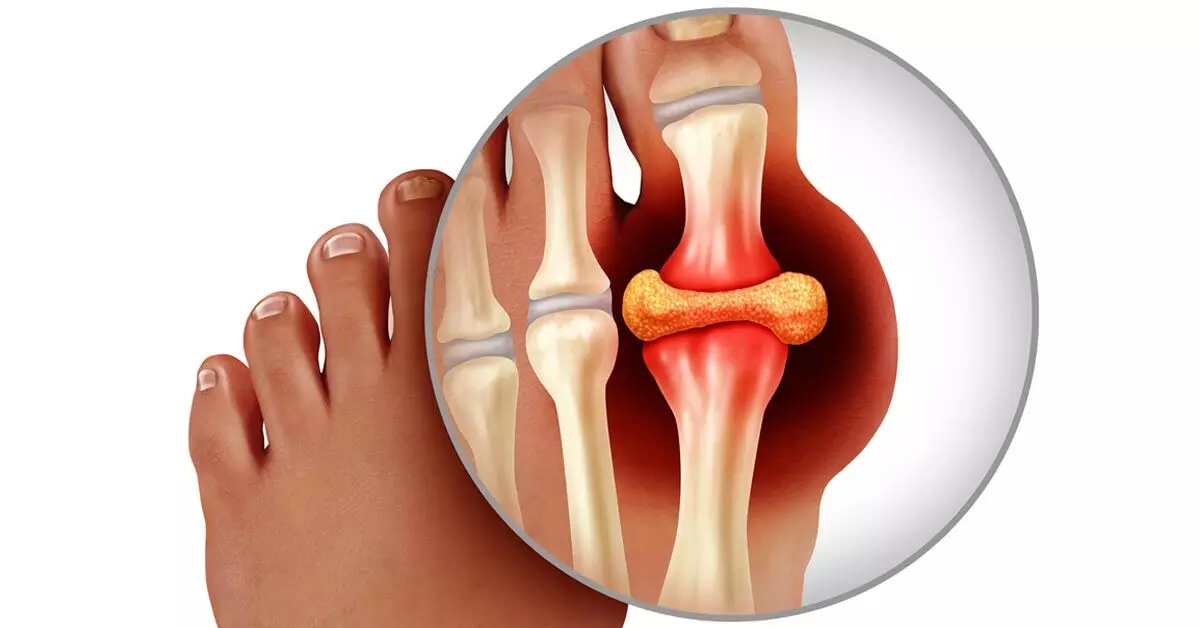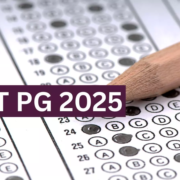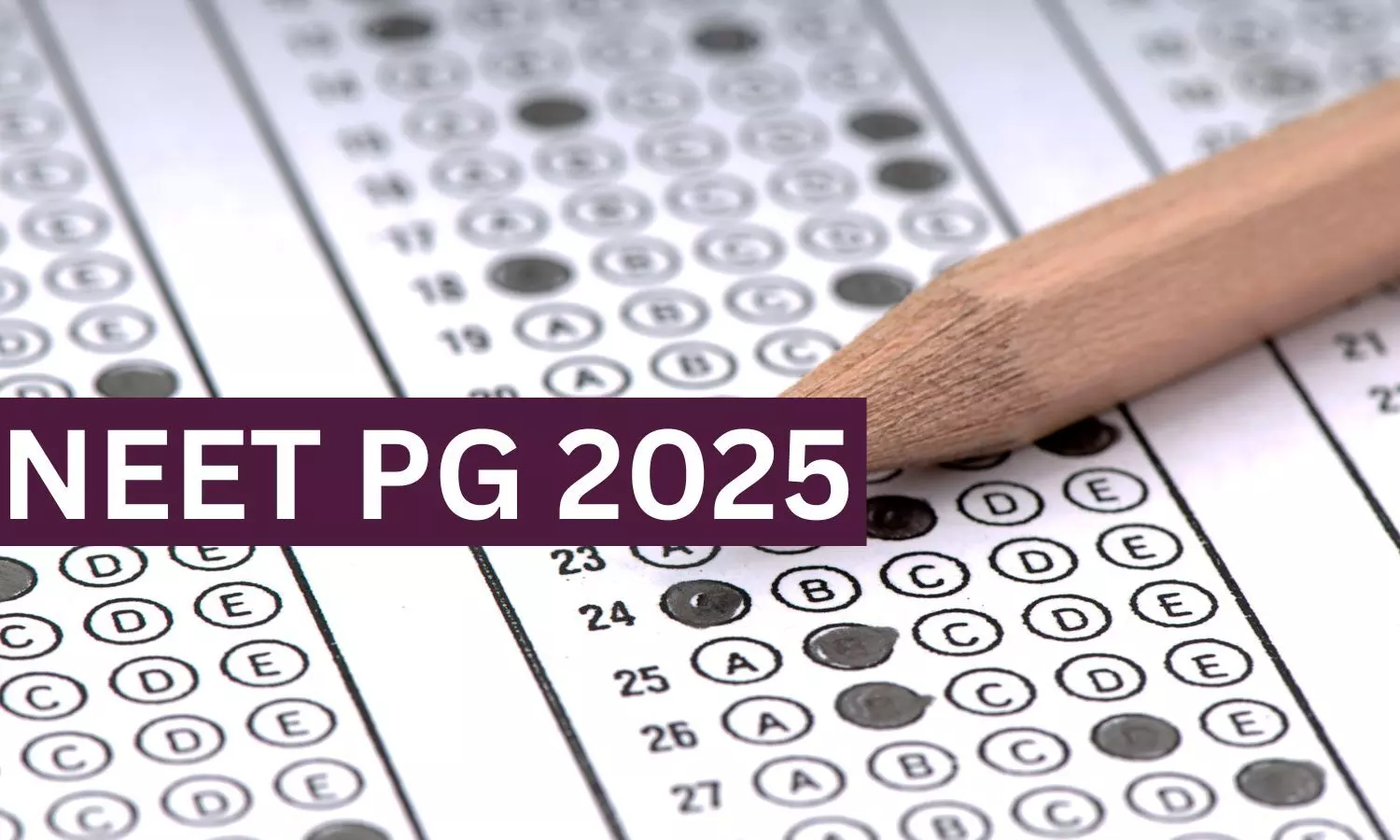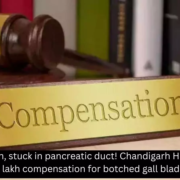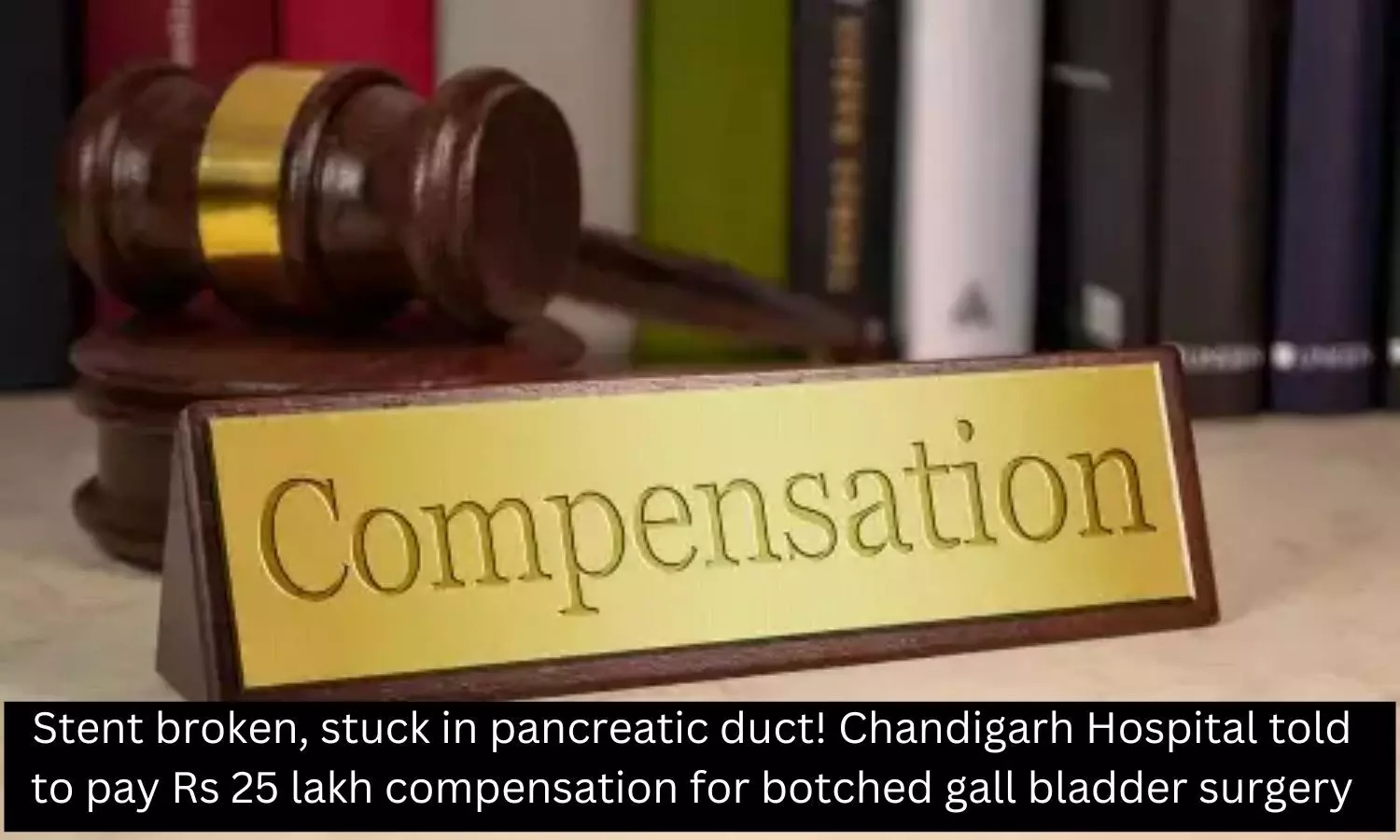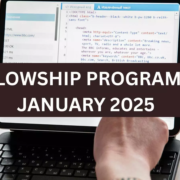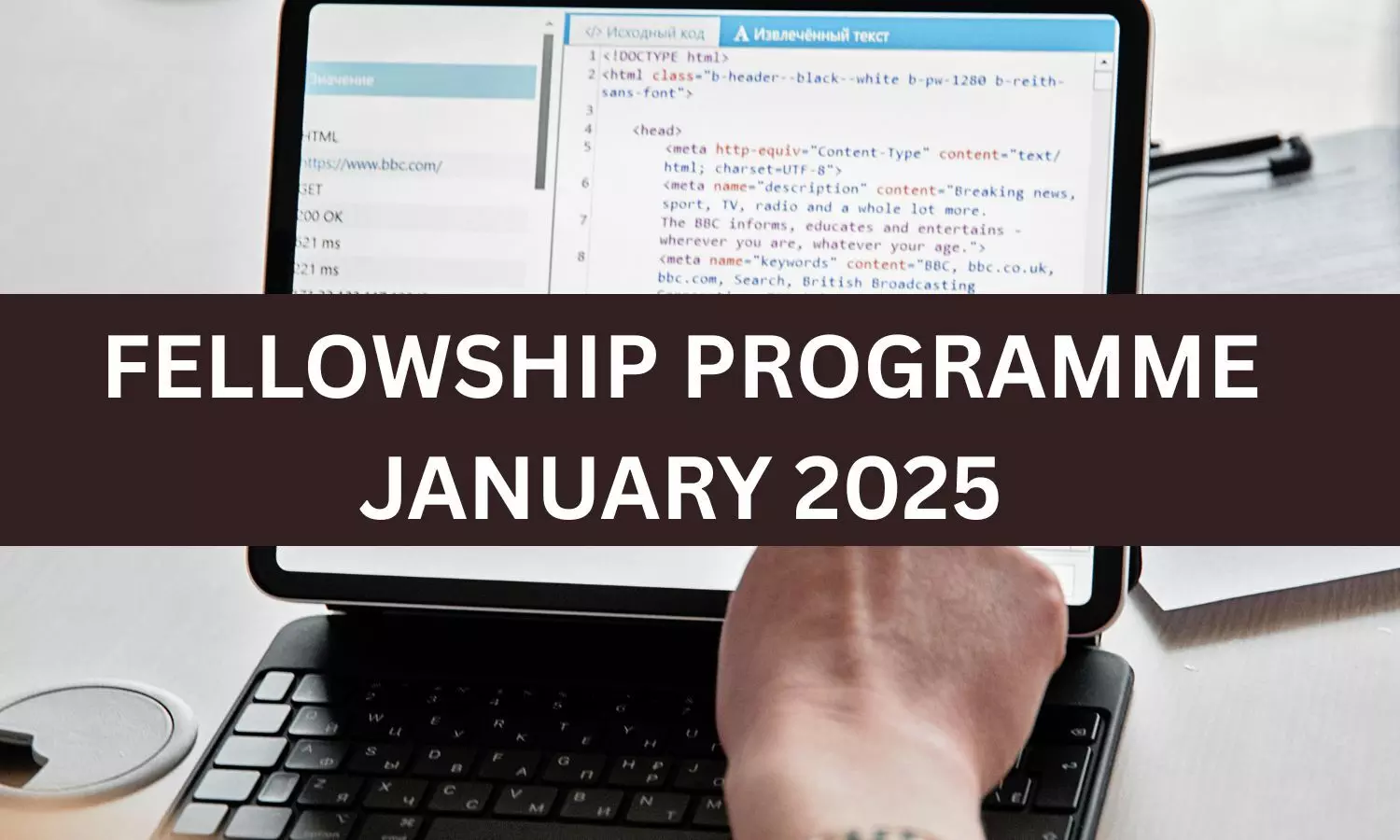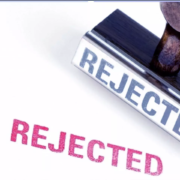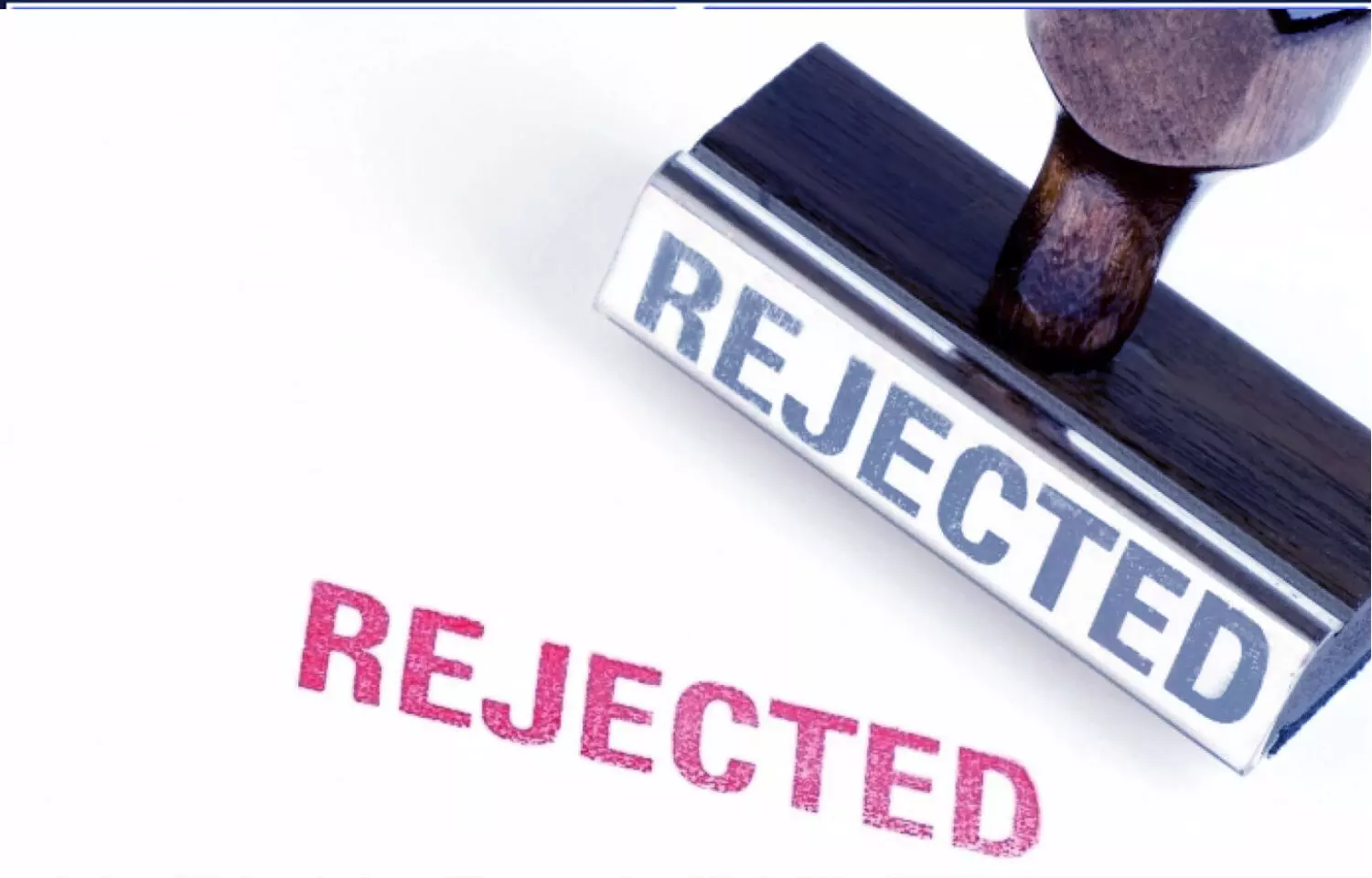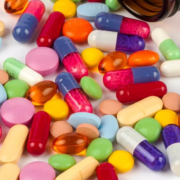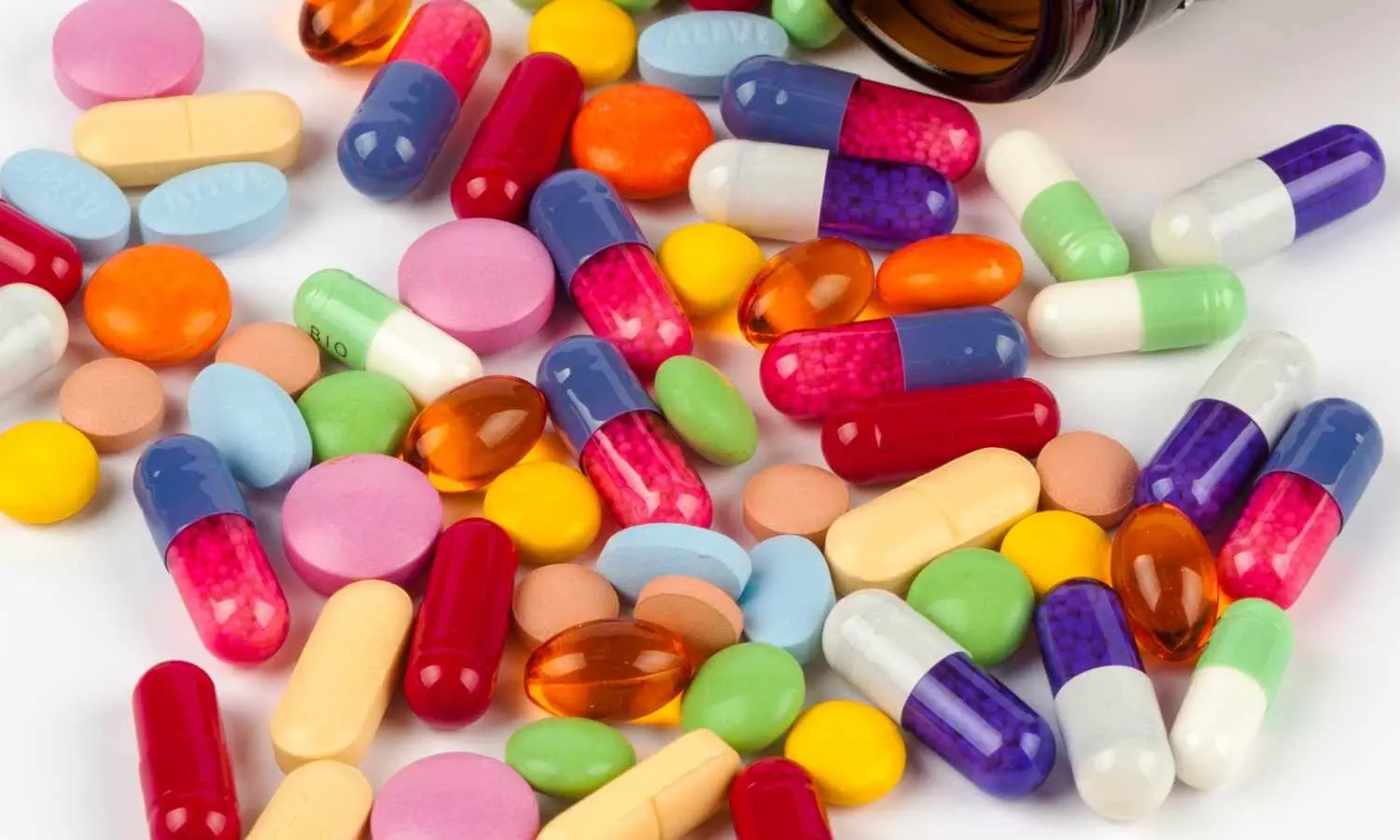ELIGIBILITY
1 Candidates who have qualified NEET-PG-2025/NEET-MDS-2025 entrance examination.
2 Candidates who have completed their one year of Compulsory Rotatory Internship on or before by 31st March 2025 for MDS and 31st July 2025 for MD/MS /Diploma/DNB courses.
3 Candidates who have passed the BBS/BDS course from the Govt/Private Medical & Dental Colleges of U.P. are eligible for Government State Quota seats and Private Medical College seats.
4 Candidates who have passed MBBS/BDS from AMU, Aligarh, BHU, Varanasi, AIIMS Raebareli and AIIMS Gorakhpur are not eligible for admission in Government State Quota Seats. Such candidates are eligible for admission only in Private Medical & Dental Colleges/ Institutes/Universities.
5 Candidates who have passed MBBS/BDS from outside of Uttar Pradesh are eligible for admissions only in Private Medical & Dental Colleges/Institutes/Universities.
6 A candidate who has already taken admission on the basis of earlier NEET-PG/NEET-MDS entrance examination is not eligible for the NEET PG-2025/ NEET-MDS-2025 counselling until he/she completes and passes the course where he/she is presently admitted.
7 Only those NEET qualified In-service (PMHS) candidates, whose list is provided by the Director General Health Services under policy framed by the Department of Medical Health & Family Welfare, Government of Uttar Pradesh, are eligible for due weightage as per norms, will be eligible for UP NEET PG-2025 counselling.
8 Only In-service (PMHS) candidates are eligible for state quota DNB seats.
9 Foreign Medical Graduates (FMG) & Foreign National Candidates are eligible for UP NEET PG-2025 counselling as per the eligibility criteria.
REGISTRATION PROCESS
1 Only online registration will be permissible on the official website of UPDGME.
2 Candidates are advised to fill the registration form on their own/self on the UPNEET website and not through any agent or third party.
3 For registration, the candidate will use his/her NEET-PG Roll No. & same email ID used by them during registration on the NBE website for NEET PG-2025/ NEET MDS-2025 entrance examination and follow the instructions on the website.
4 Candidate’s data like Name, Father’s Name, Mother’s Name, Date of Birth, etc., at the time of registration on the NBE portal will be pre-populated and will be used for counselling purposes. No request to change these details will be entertained.
5 There, after the Registration form will be displayed, candidates have to enter only his/her domicile, category, subcategory, In-service (PMHS) employment status and MBBS passed from, address, etc.
6 Candidates will make payment of Registration fee only once of Rs. 3,000/- for 1st, 2nd & 3rd round of counselling.
7 All eligible candidate requires fresh registration for the Stray vacancy round separately with a Registration fee of Rs. 3,000/- Registration fee is non-refundable.
8 After successful submission of the registration form, a registration number will be generated.
9 During the Registration process, candidates will create a Password for choice filling and locking of the choices. Candidates are hereby advised not to share/disclose the password to anyone.
10 Once the registration process is successfully completed, candidates are advised to download their Registration form & Registration fee slip for future reference.
SECURITY FEE
1 For Govt. Medical & Dental Colleges/Institutes/ Universities- Rs. 30,000/-.
2 For Pvt. Medical Colleges/Institutes/ Universities- Rs 2,00,000/-.
3 For Pvt. Dental Colleges/Institutes/ Universities- Rs 1,00,000/-
Meanwhile, if the security fee is not submitted by the candidate, then he/she will not be permitted to fill out the choice filling. After successful payment, download the security money receipt for future reference.
DOCUMENTS
The following documents in the original and one set of self-attested photocopies will be deposited at the time of admission-
1 Copy of the Allotment letter.
2 Admit Card of NEET PG-2025/NEET MDS-2025.
3 Score card/Rank letter of NEET PG-2025/ NEET MDS-2025.
4 High School Marksheet/Certificate (as proof of date of birth).
5 Mark sheets of all professional examinations of MBBS/BDS.
6 MBBS/BDS passing out certificate or degree
7 Compulsory Rotatory Internship completion certificate.
8 Permanent / Provisional Registration Certificate (State Medical Council/MCI/DCI).
9 Reservation certificate (SC/ST/OBC/EWS/PwD certificate), if applicable.
ADMISSION PROCESS
1 Candidates have to complete their admission Process, including fee deposition at the allotted Government Medical & Dental Colleges or the Nodal centre mentioned in the allotment letter.
2 It will be mandatory for the candidates who have been allotted the seats in Private Medical & Dental College/Institute/University (except minority Institutions) to deposit the tuition fee fixed by the government at the time of admission. In minority Colleges/Institutions, it will be mandatory for the candidates to deposit the tuition fee prescribed by the respective Colleges/Institutes.
3 If the candidate does not take admission to the allotted seat by the due date, he/she shall forfeit any right of admission on the basis of said counselling/allotment.
4 Candidates will have to produce all original academic & category certificates at the time of admission.
5 Candidates who fail to produce the required original documents at the time of admission, or if any concealment or falsification of facts comes to light at the time of admission or thereafter during the academic sessions, will make the candidate lose his/her candidature and he/she will be subjected to legal action.
RESERVATION
1 The list of SC/ST/OBC categories shall be as notified by the Government of Uttar Pradesh as applicable at the time of counselling.
2 Reservation of seats under PwD Category is 5% in Government State Quota Seats and the 21 Benchmark Disabilities as envisaged under the regulations of the Rights of Persons with Disabilities Act 2016 and as per the NMC norms.
3 Candidates who want to avail 5% PwD reservation in PG seats of Govt medical institutions should obtain Disability certificate as per 21 Benchmark Disabilities given under RPWD Act 2016 and as per NMC norms, from the designated disability centres.
4 PwD Certificate issued by any other Hospital/ Board will not be acceptable.
5 All certificates related to reservation will be valid only in the format prescribed by the Government of Uttar Pradesh and issued by the competent authority of Uttar Pradesh.
6 For the EWS and OBC category, certificates issued only on or after April 01, 2025, will be valid.
7 Reserved category candidates of other states will be treated as unreserved category candidates for UP NEET PG/MDS counselling-2025.
8 Reservation Policy of the State Government for the NEET PG-2025 counselling in Government State Quota seats is as follows-
VERTICAL RESERVATION
i S.C.-21%
ii S.T.-2%
iii O.B.C – 27%
iv EWS-10%
HORIZONTAL RESERVATION
i PwD-5%
SEAT ALLOTMENT
1 After scheduled period of choice filling, seat allotment will be done on the basis of merit cum choice filled by the candidates.
2 Seat allotment status of successful candidates will be displayed on the website.
3 Allotted candidates will have to download the allotment letter before reporting at the allotted Medical College /Dental College/ Designated Nodal Centre.
4 In the first round of counselling, if a candidate does not take admission to the allotted seat, the candidate will be allowed to exit for free.
5 If a Candidate has secured admission after the first round of counselling in the allotted college but wants to reshuffle his/her seat/college, then he/she will remain eligible for upgradation of seat up to the third round of counselling.
6 If the candidate is trying for upgradation, it is advised not to fill the choice for the same seat/college in which the candidate is already admitted. In case if candidate fills the same seat/college in the reshuffling rounds and the candidate is allotted the same seat again, then the previous allotment would automatically be cancelled.
7 It is mandatory to take admission in the new allotted seat; if the candidate does not take admission in the new (re-shuffled) seat, the new allotment will be cancelled.
8 The conversión of seats will be carried out during the 3rd round of counselling for the State quota. The said conversion will be done only when the candidates belonging to the said conversión category have exhausted.
